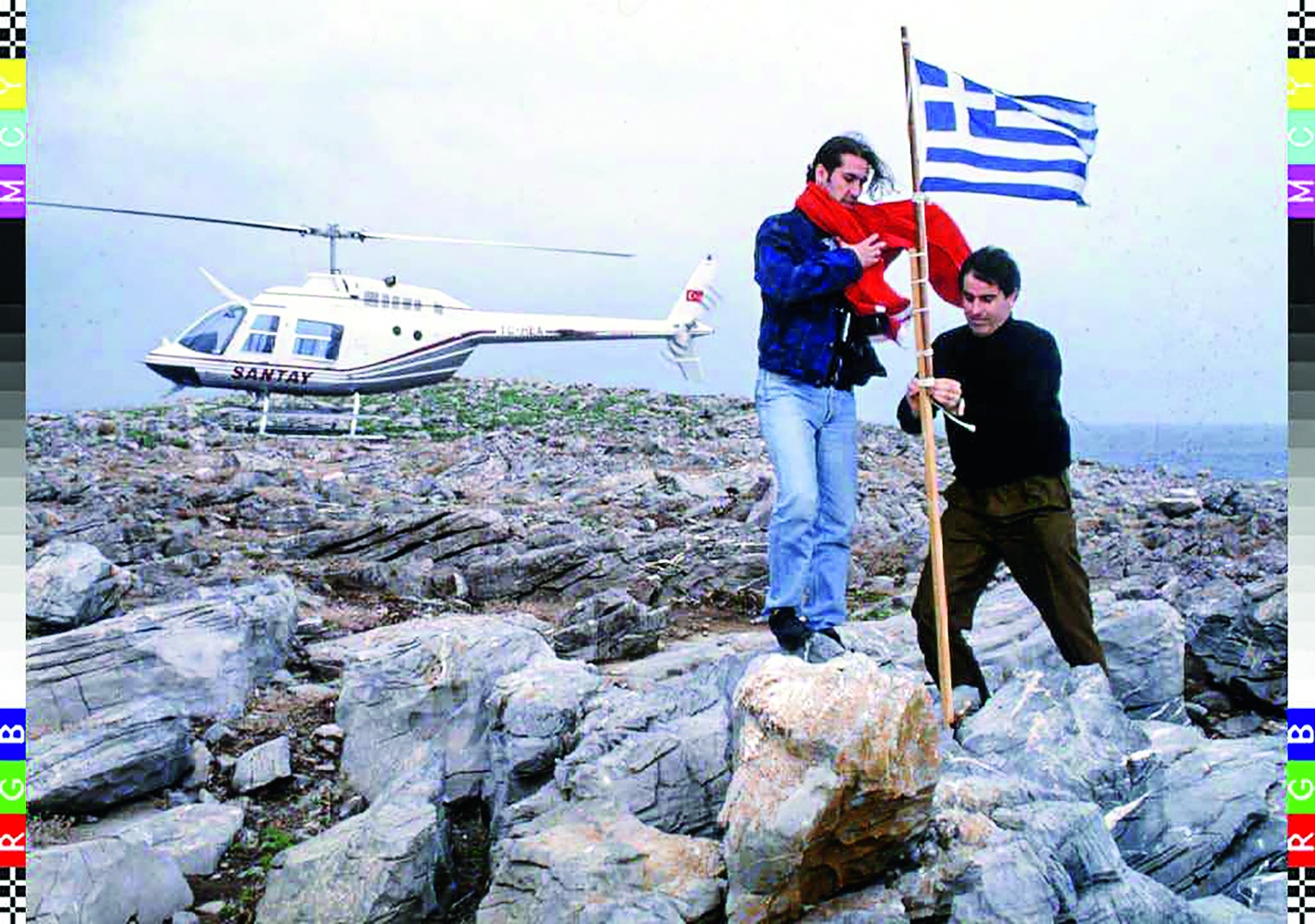A ‘sacrifice that could have been avoided’
The commander of the area and captain of the Navarinon frigate looks back at the 1996 Imia crisis

It’s 1996 and Greece is on a collision course with Turkey over a cluster of islets in the eastern Aegean. Twenty-seven years later, one of the protagonists of the Imia crisis, the regular commander of the area and captain of the Navarinon frigate, retired vice admiral Ioannis Lioulis, speaks about events that have never been made public before, in an exclusive interview with Kathimerini.
Having had command of the Hellenic Navy fleet, he gives a detailed account of the developments that led to the death of officers Christodoulos Karathanasis, Panagiotis Vlahakos and Ektoras Gialopsos in a helicopter crash that has left a lasting mark on the morale of the Armed Forces.
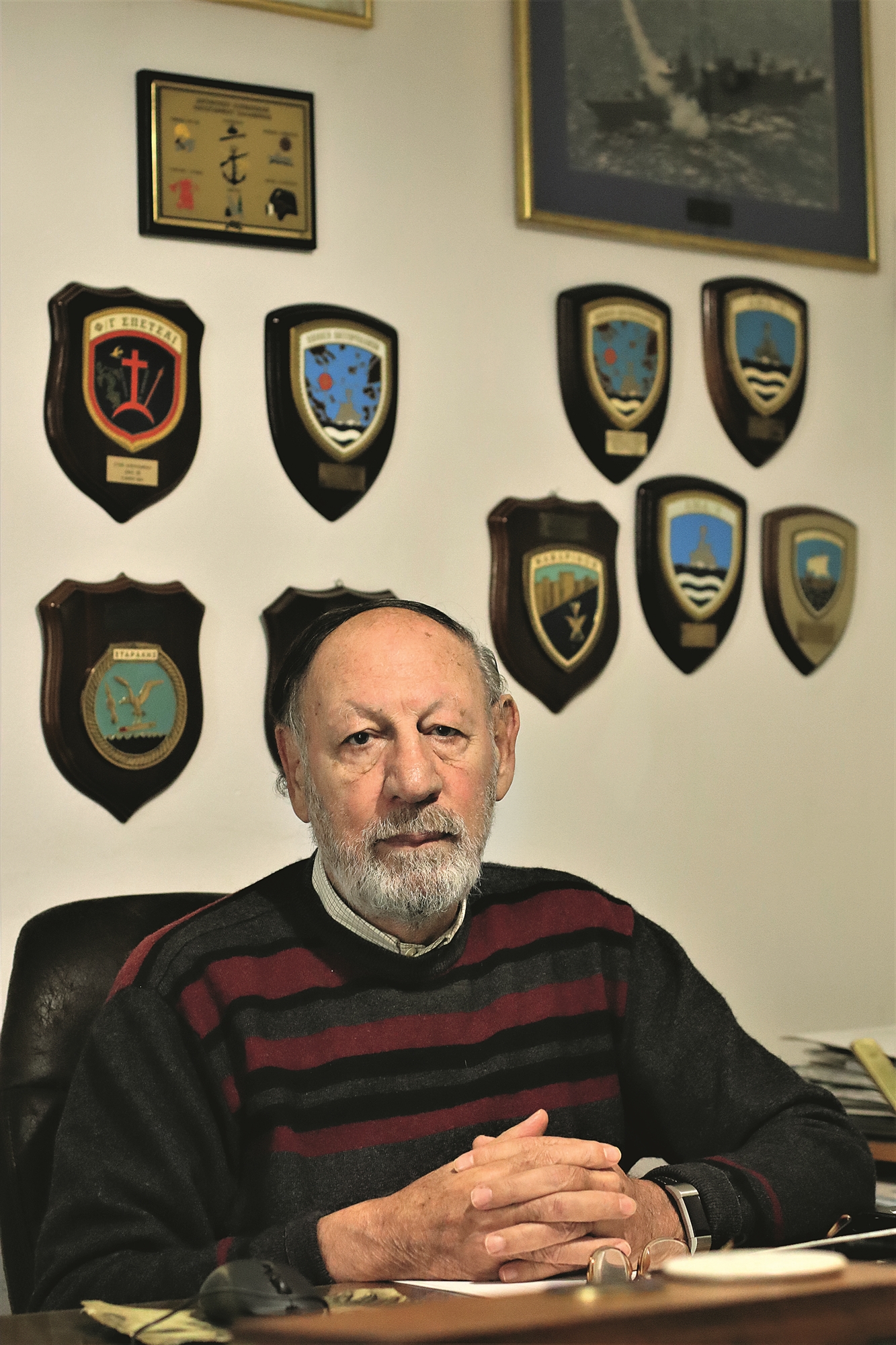 Where was the Navarinon when the crisis began and what were your orders?
Where was the Navarinon when the crisis began and what were your orders?
It was on exercise. I was told on January 30 – it was a Tuesday – to sail to the area and organize the ships, because there were some small gunners and patrol boats there that were used mainly for research and patrols. My orders were to secure the area, but I was not told to prepare for anything in particular. I was ordered to go to Astypalaia on the previous Monday afternoon and from there to sail as soon as possible to the area, as the crisis had started escalating.
What was the order of battle you were given and what were the Turkish forces doing at that moment?
When I got to the area, there were – if I remember correctly – two gunners, two attack missile boats and the ships Panagopoulos and Antoniou. I sensed the tension at once and got the impression that there was a crisis in the process of escalation. I started thinking that we needed to be prepared to deal with any situation, so I positioned the ships in such a way that all the units would be covered. I have to stress the risk there was of running aground as we were very close to the coast. The Navarinon is a big ship and it was very near Kalolimnos.
So most of the ships were positioned for cover, except the ones that were close to Imia, observing the Turkish ships. When we say “cover,” we mean that they were close to the coast and could not be easily located by radar or hit by missiles. I had also told each Greek unit which particular Turkish ship to keep under surveillance so that we would be ready to act the moment the political leadership and the military leadership made such a decision.
Rules of engagement
Admiral Christos Lymberis gave you the green light to act at 10.25 a.m. on January 29, while at 2.11 a.m. on January 31, another similar communication came through to the Navarinon.
No rules of engagement were issued in writing to any Greek ship at any point during the period that the Navarinon was in the vicinity of Imia – from the morning of January 30 when we arrived until the de-escalation. I must stress that the rules of engagement are a set of rules that determine the ships’ movements during an operation and during a crisis. When the reasons are very serious, these are determined by the Council for Foreign Affairs and Defense (KYSEA) and they are what escalates a crisis to the point of hostilities or de-escalates it. War is not decided by the military leadership, but by the political leadership. This is how the Greek crisis management system is structured, as is the case in most countries. KYSEA did not draft any rules of engagement so that the Greek units could know what was expected in terms of escalation, engagement and de-escalation. The result was that there was confusion and misunderstandings about the desired course of the crisis.
War is not decided by the military leadership, but by the political leadership. This is how the Greek crisis management system is structured, as is the case in most countries
We later learned that the political leadership had already made the decision and taken action toward disengagement on Tuesday, January 30. In Imia, though, the actions of the Turks at that moment escalated the crisis and gave the impression that we were heading toward an even greater escalation. So, while the crisis was growing locally, the political leadership was moving in the opposite direction.
Around 1.30-2 a.m. when the crisis started peaking, the Navy General Staff called through orders that no Turkish foot should be allowed on step on the land and that in the event we saw something, we should fire a flare, warning shots and then attack. It was a general rule. Now, if a Turkish frigate sailed into Greek territorial waters – which happened constantly – or their helicopters were in our airspace, did I have a right to attack?
There was this confusion, you see. On the one hand, the politicians were working toward a de-escalation and, as I understand it, had not informed the military leadership, while on the other, we had a crisis in Imia that was constantly escalating. The impression was that things were very serious indeed and we had prepared our ships for every eventuality. When you want to launch a guided missile, you don’t just press a button and it goes. You have to do all sorts of preparation that allows you to act when it becomes necessary.
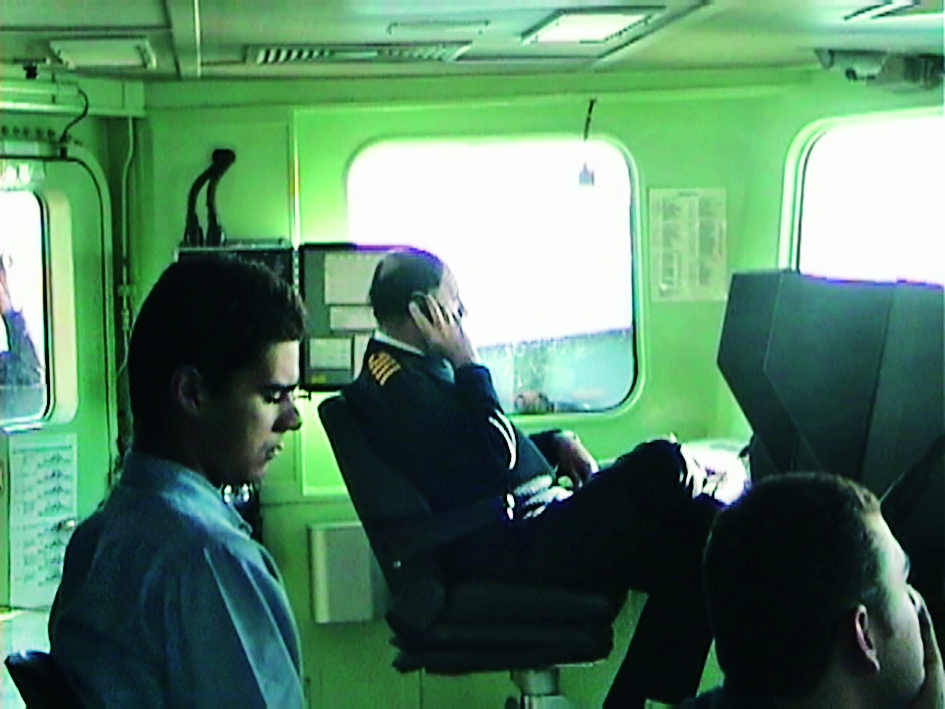
How close did Greece come to war with Turkey that night?
What I can say is that the ships which were there thankfully dealt with the situation calmly and seriously. Because one wrong move, or one unclear move, could have sparked an incident. Everyone on the ships was calm, aware, cautious and prepared. We had the operational advantage and if the political leadership wanted to engage in hostilities first and gave us the order, the Turkish units would have been dealt a serious blow.
Once the crisis was over and you were invited back to Athens, who did you see and what was said?
All of the commanders of the ships in Imia at the time gathered in a room at the Ministry of Defense to meet with the minister and deputy minister of defense, the heads of the National Defense General Staff and the Navy Staff and other officials. The minister wanted to understand what had happened.
As a regular commander in the area, what mistakes do you think were made?
The rules of engagement was the biggest one from an operational perspective, but this was not an issue with the military leadership, but the political one. The National Security Council was never convened and it is KYSEA that is responsible for drafting the rules of engagement. The military leadership has the right to issue certain other rules of engagement. Certain operational mistakes were made, but they did not affect the crisis.
Do you believe the political leadership at the time was able to deal with such an incident?
It is important to stress, as a lesson if you will, that every political leadership needs to have some basic understanding of how operations work and, most importantly, of crisis management, so that it can effectively communicate with the military leadership. Failure to fully understand a situation is not conducive to the successful outcome of a crisis, for starters. Then there’s the failure to convene KYSEA, the failure to observe the operation as it unfolds from the proper operation management rooms and, fourthly, the failure to acquire crisis management know-how from the onset.
The lesson from this crisis, therefore, is that every position of the political leadership must know how to handle a military crisis. Every government, every political leadership must also be cognizant of the procedures for shaping the national military strategy, which is defined not by the military, but the political leadership.
The helicopter crash
On the matter of the helicopter crash, is it true that it should never have gone up in the conditions that it did?
The weather may not have been good, but the conditions were fine for flying and the green light was given for the helicopter. There was no communication from the helicopter concerning the suitability of the conditions.
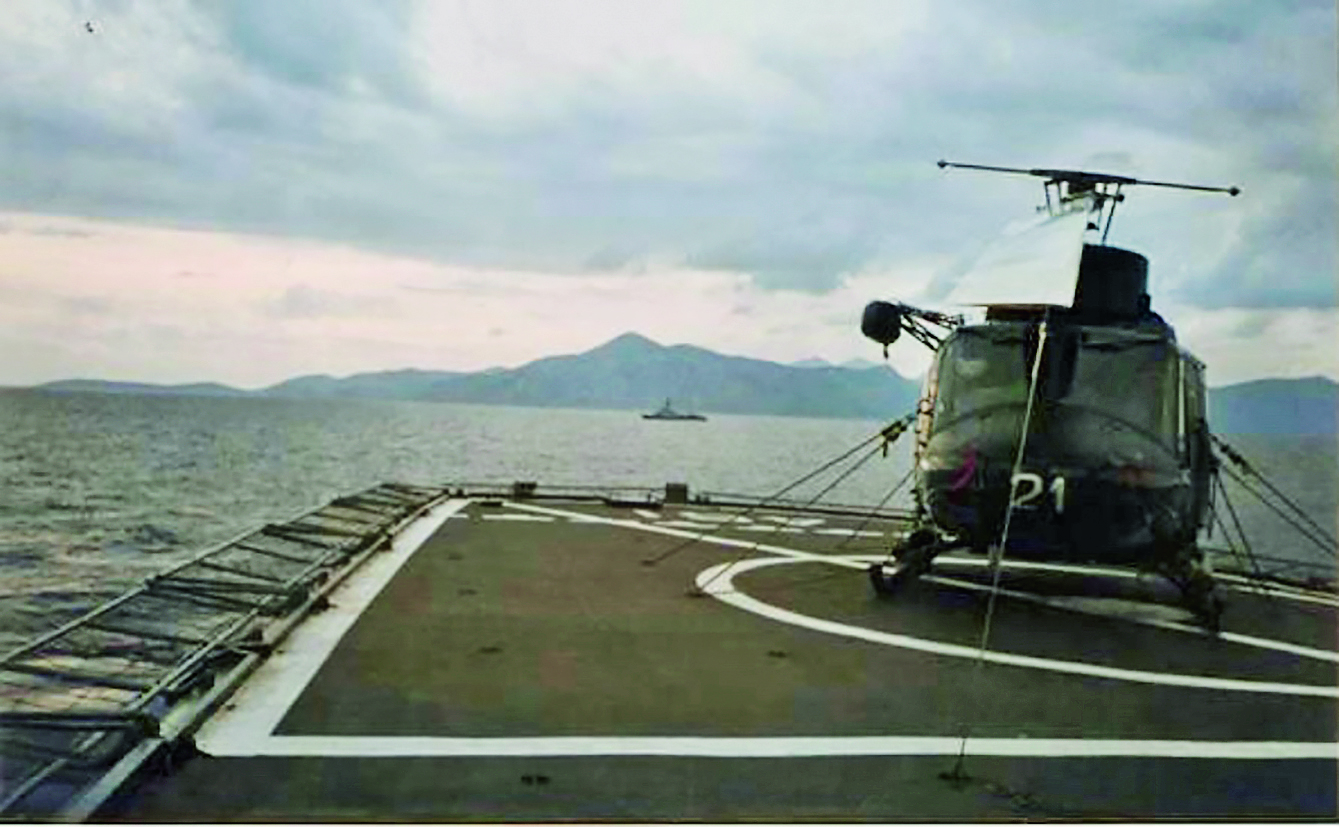
What were your thoughts when a distress signal was issued?
The helicopter took off for western Imia, circled the area roughly four times to ascertain whether there was a Turkish unit on the island, located the unit and estimated that it comprised 10 people. The master caution light indicating a technical problem went on during its fifth circle. It was given permission to return and the Navarinon actually left its position so that the helicopter could land on its deck. We followed the proper procedure for a master caution, which is not the most extreme of emergency signals.
Is it true that the Turkish ship Yavuz had also given the helicopter a signal to land on its deck safely?
No. What happened was this: We lost communication and the helicopter’s radar signal on its return flight after the master caution light went on, so we activated the emergency network. The Yavuz, which may have been surveilling the network, tuned into the emergency frequency calling out to the helicopter, but the signal was already lost and the helicopter never responded. The Yavuz was obviously tuned in for other reasons.
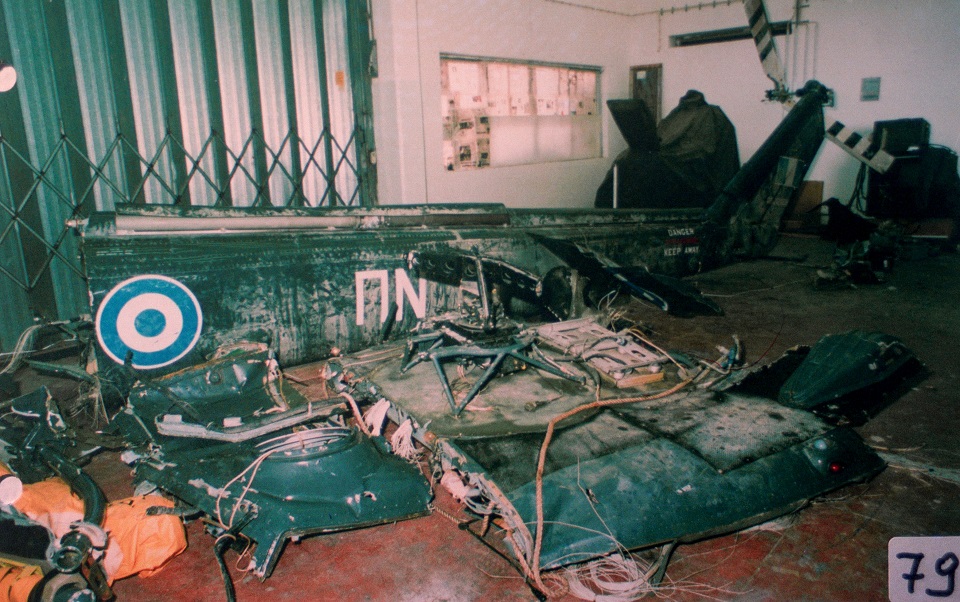
What do you think happened to the helicopter? Was it a case of pilot vertigo or was it shot down?
We have to be very careful here. I was listening to the network and there was no mention by the pilots of the helicopter being hit. Investigations of the helicopter after it was brought up showed no evidence of it having been hit by a bullet or any other projectile.
The experts also determined that the way it fell was not that of a helicopter that has been hit, but of one that suddenly loses altitude and crashes. That is the evidence I know of.
What I also know is that those three officers were sacrificed on the altar of duty. They are heroes, lost in the waters off Imia on January 31, 1996.
It has been 27 years since the Imia crisis. What has stayed with you?
Sadness for the men who were lost. They were doing their duty, doing their job. The crisis ended in a de-escalation and if the procedures had been carried out as they should have been in that period from January 25-30, the escalation and their sacrifice could have been avoided. That is what saddens me.
The Armed Forces today
Do you think that the Armed Forces today are in a good position to respond to modern-day threats?
I believe that our Armed Forces are at a very good level of operational preparedness. There are some problems with materiel and staff, but I think that they are nevertheless in a good position to respond effectively to any crisis in these difficult times of Greek-Turkish relations.
I think that the people in the key positions are high-caliber and able to deal effectively with any crisis.
